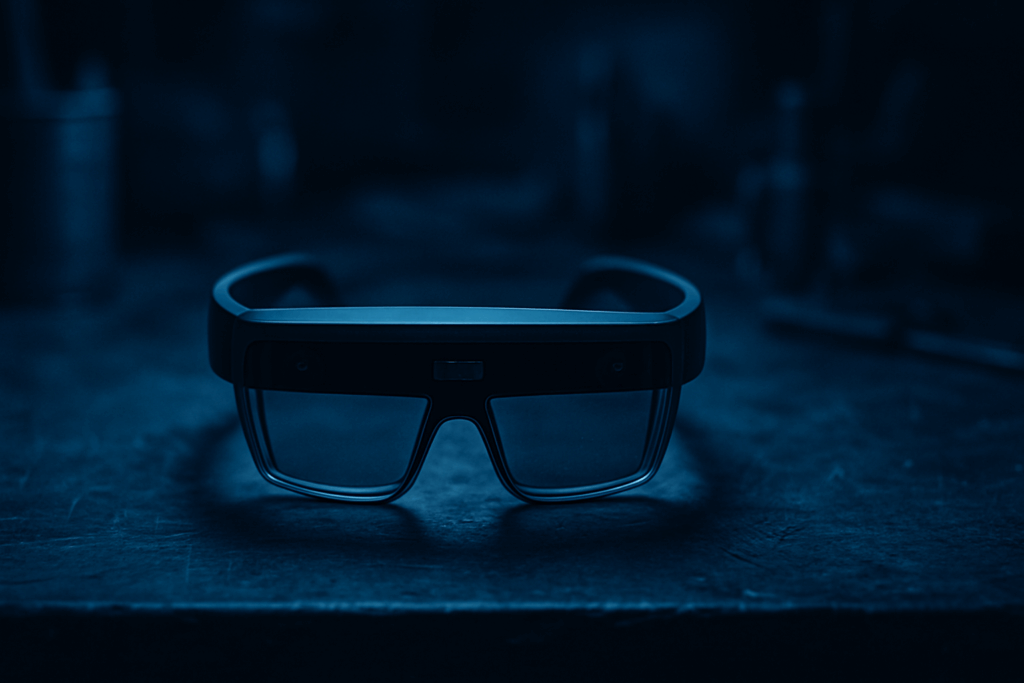The 2026 Breakthroughs You Should Know
Smart glasses have spent years looking like something out of a sci fi prop bin. That’s finally changing. In 2026, the best models are slimmer, lighter, and yes actually wearable. Designers are dropping the bulbous, overbuilt frames in favor of minimalist silhouettes that fit in at a coffee shop or a client meeting, not just a tech expo.
Performance is catching up to style. Most top tier models now boast 16 to 18 hours of battery life enough to last from morning commute to lights out. That’s thanks to more efficient chips and smart power use, without sacrificing function.
Under the hood, micro displays have leveled up, too. Fields of view are wider, distortion is down, and projected content feels more native to your surroundings. You’re no longer squinting at pixelated overlays; the experience is smoother and more immersive.
Low light visibility a weak point in past models also sees major gains this year. Whether you’re walking through a dim train station or navigating late night streets, new optics and adaptive contrast tech make the visuals hold up when natural light doesn’t. Smart glasses aren’t just smarter they’re finally practical.
Smarter Lenses, Smarter Use Cases
Smart glasses are finally delivering on promises that used to sound too good to be true. First up, real time translation has levelled up. It doesn’t just spit out foreign words anymore it understands context. So, ordering food in Tokyo or negotiating in São Paulo feels less like guessing and more like communicating.
Directional audio tech is another quiet revolution. You can have a conversation on a busy subway without blasting your call to the entire car. Sound is funneled precisely, keeping things private even in public.
Voice and gesture commands? Way smoother now. No more clunky misreads or second attempt flailing. You nod or swipe in midair and the glasses get it. The interface finally matches human instinct.
Then there’s wellness yep, your glasses care if you’re slumping. Posture tracking, blink rate monitoring, even signs of stress all get flagged. The goal isn’t to nag. It’s to nudge you before burnout kicks in. It’s subtle. It’s all in the background. But it’s changing how we live, one blink at a time.
Privacy Concerns Are Still Here But Improving
Privacy continues to be one of the most debated aspects of smart glasses, especially as their adoption expands beyond early tech adopters. In 2026, manufacturers are taking notable steps to make smart eyewear more transparent literally and figuratively.
More Visible Recording Indicators
Built in LEDs: Most models now include a small, clearly visible LED light that activates when recording begins helping bystanders recognize when cameras are in use.
Customizable Indicators: Some brands allow users to adjust brightness or color to suit different environments without sacrificing visibility.
New Transparency Requirements
Public Use Policies: Cities and institutions are responding with their own transparency rules, requiring visible alerts or explicit consent in public and semi public spaces.
Brand Compliance: Major manufacturers have started including documentation and presets to guide users on local regulations.
Smarter Privacy Controls
Environment Aware Settings: Smart glasses can now use location or context to automatically disable certain features like recording, audio input, or display projection in restricted areas.
Manual Overrides: Users can manually toggle privacy modes with a gesture or voice command when entering sensitive environments.
These changes mark a critical shift: smart glasses are no longer designed just for what they can do but also for what they should and shouldn’t do, depending on where and how they’re used.
Not Just for Techies Anymore

Smart glasses have officially moved out of the novelty zone and into the workforce. The latest crop of models isn’t just about making calls or checking the weather they’re being built with specific professions in mind.
Architects, for instance, are using smart glasses with on site AR overlays to visualize structural changes in real time. Instead of flipping through blueprints, they walk the build and see live projections layered over physical space. It’s part GPS, part heads up display, and fully integrated into modern CAD systems.
In hospitals, medical staff are getting a serious upgrade with hands free data access during procedures. Vital stats, patient records, even imaging results all accessible without breaking eye contact or leaving the operating area. In high stakes environments, speed and cleanliness matter. These glasses cut out the lag.
Retail and logistics workers are also seeing major gains. With real time inventory displays and indoor navigation assistance, smart glasses are reducing training time and human error. Instead of scanning barcodes or checking clipboards, staff receive visual cues and instant updates keeping shelves stocked and orders moving.
These aren’t gimmicks. They’re tools and they’re streamlining work across industries that never used to touch wearable tech.
Ecosystem Synergy: Wearing More, But Thinking Less
Smart glasses are no longer standalone novelties. In 2026, they’re part of a growing wearable ecosystem where everything talks to everything. Syncing across smartwatches, smart rings, earbuds, and home devices happens behind the scenes no extra taps, no toggles. You walk in the door, and your lights shift to your pre set vibe. Your glasses already know you’ve been on your feet all day and nudge your thermostat down a degree.
Much of this momentum comes from the explosive growth of smart rings. Discreet, powerful, and always on wrist, these tiny devices set the stage for what people really want: invisible tech that does its job without putting on a show. Smart glasses are picking up that baton. They’re ditching the bulky designs and becoming the low key headquarters for your connected life.
More than just display screens, the latest glasses act as control hubs. Need to cue up a playlist, unlock your front door, adjust kitchen lighting, or silence a smart speaker? A glance and a swipe does it. No phone. No app hopping. The endgame isn’t flash it’s a frictionless loop where the tech fades into the background while you stay in control.
This convergence means creators, professionals, and everyday users don’t need to think about “using tech.” They’re just moving through their day and the glasses keep up.
What to Expect Moving Forward
Smart glasses are finally stepping out of the lab and into real life and the next wave is all about adoption. Tech giants are cracking open the gates with open SDKs, giving developers the freedom to build custom apps and integrations. That move alone shifts smart glasses from novelty to platform.
Design’s getting smarter, too. Prescription ready frames and sunglasses compatible models are no longer fringe experiments. They’re core products meant to blend with daily life, not stand out from it. Function is colliding with fashion in all the right ways.
On the consumer side, behavior is shifting slowly, but steadily. As more wearables sync smoothly, glasses are sliding into roles once handled by phones: checking messages, managing smart homes, getting turn by turn directions without looking down. It’s not about replacing phones overnight it’s about offering something more seamless, intuitive, and hands free.
Smart glasses in 2026 aren’t about making you look futuristic they’re about making the future easy to see and easier to live in.
